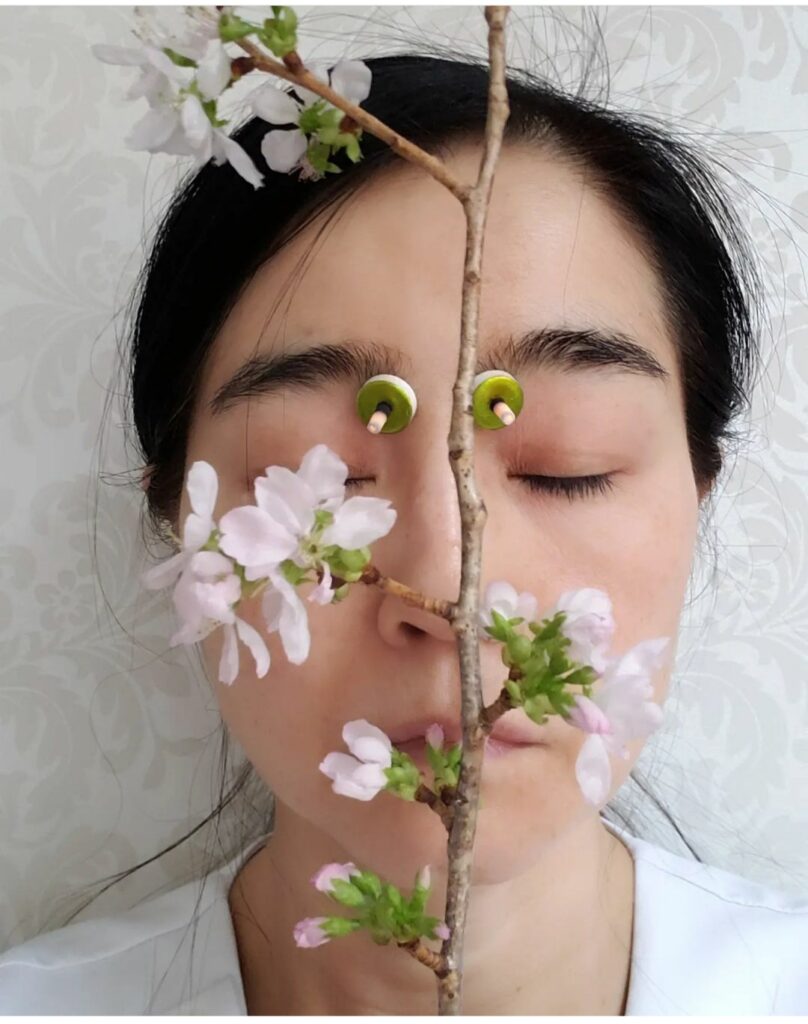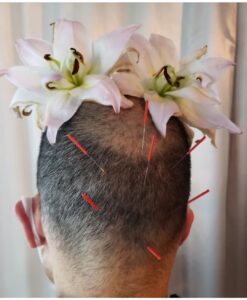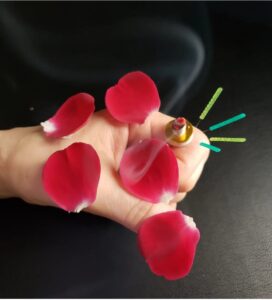花粉症 目のかゆみ
Hay fever itchy eyes
花粉症の正体は、花粉に対して人間の体が起こすアレルギー反応と言われています。体の免疫反応が、花粉に過剰に反応して花粉症の症状がでます。花粉症で反応した体が、花粉を外に出そう出そうと頑張るため、くしゃみで吹き飛ばしたり、鼻水や涙を流して花粉を、体から洗い流そうとしているのです。時期としては、関東地方では、2月から4月はスギ花粉、4月から5月はヒノキ花粉、6月から8月はイネ科花粉、8月から10月はブタクサの花粉が主として飛散します。また、北海道と本州の一部では4月から6月にかけてシラカバが飛散します。地域によって飛散する花粉や時期が異なります。花粉症の治療には、医療機関で行う薬物療法、手術治療、免疫療法などがありますが、治療を行うことと平行して、自らが花粉を浴びることから身を守ることが前提となります。花粉症の約70%はスギ花粉症だと考えられています。これは、日本には全国の森林の18%、国土の12%をスギが占めているためです。関西ではスギと並んでヒノキも植林面積が広いため、ヒノキの花粉にも注意が必要です。一方、北海道にはスギやヒノキが少なくシラカンバ属(カバノキ科)が多いです。鍼灸治療において、目のかゆみや疲れに良く効くとされるのは「晴明」です。内目尻と鼻の根元の中間のくぼみにあります。花粉症は、一般に症状が悪化すると効果が得られにくくなりますので、症状が軽いうちに症状を抑える「初期療法」が勧められています。東洋医学でいう、未病を治すですね。初期療法とは、花粉飛散予測日の2週間程度前か、もしくは花粉症の症状が少しでもあらわれた時点で開始します。早めに対処しておくことで、花粉の飛散量が多くなった時期でも、症状をコントロールしやすくなり、症状を抑えた状態で花粉症の季節を送ることができます。
Hay fever is said to be an allergic reaction of the human body to pollen. The body's immune response overreacts to pollen, causing hay fever symptoms. The body reacts by sneezing, sniffling, and shedding tears in an attempt to flush the pollen out of the body. In the Kanto region, cedar pollen is mainly dispersed from February to April, cypress pollen from April to May, grass pollen from June to August, and ragweed pollen from August to October. Birch pollen is also dispersed in Hokkaido and parts of Honshu from April to June. The pollens that are scattered and the time of year differ depending on the region. Treatment of hay fever includes drug therapy, surgical treatment, and immunotherapy at medical institutions, but along with treatment, it is a prerequisite to protect oneself from being exposed to pollen. It is believed that about 70% of hay fever cases are caused by cedar pollen allergy. This is because cedar trees cover 18% of Japan's forests and 12% of the country's land area. In Kansai, the area planted with Japanese cypress is as large as that of cedar, so one must also be careful of cypress pollen. On the other hand, in Hokkaido, there are few cedars and cypresses, and the genus birch (Betulaceae) is common. In acupuncture treatment, "Seimei" is considered to work well for itchy and tired eyes. It is located in the hollow between the inner eye socket and the base of the nose. Since hay fever generally becomes less effective as symptoms worsen, "initial therapy" is recommended to suppress symptoms while they are mild. In Oriental medicine, this is called curing the unwell. Initial therapy is started about two weeks before the predicted date of pollen dispersal, or when hay fever symptoms appear even slightly. By taking early treatment, it is easier to control the symptoms even when the pollen count increases, and you can live through the hay fever season with your symptoms under control



